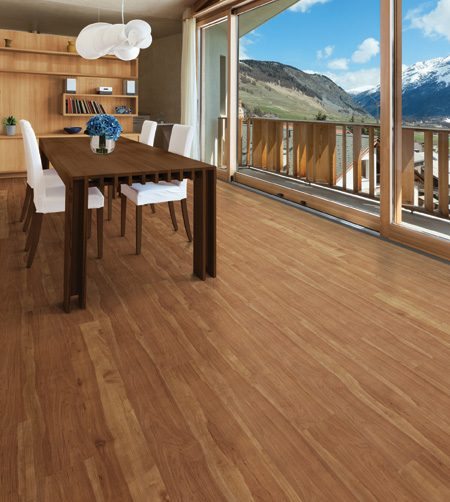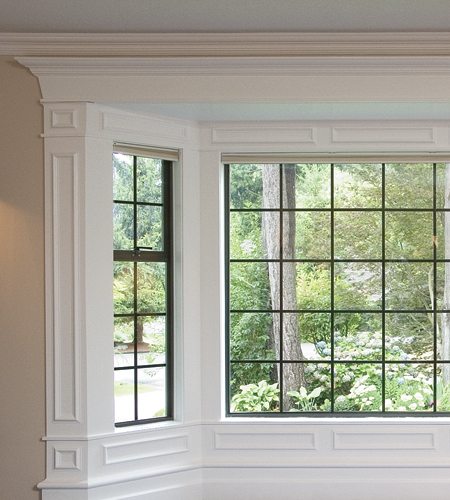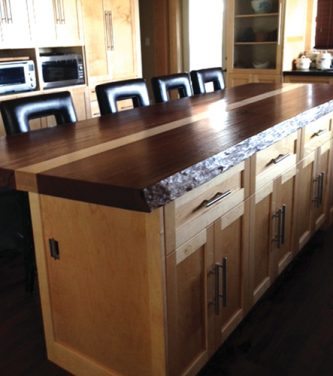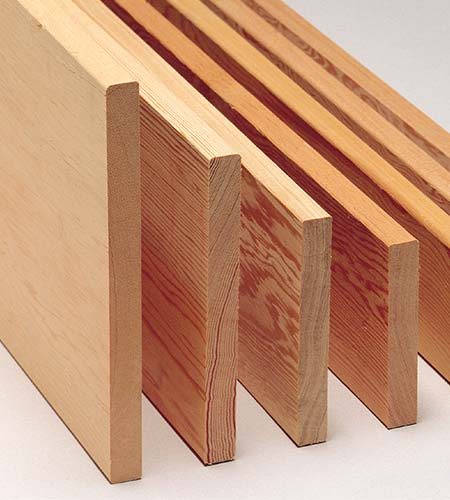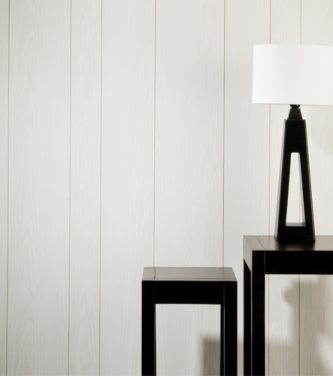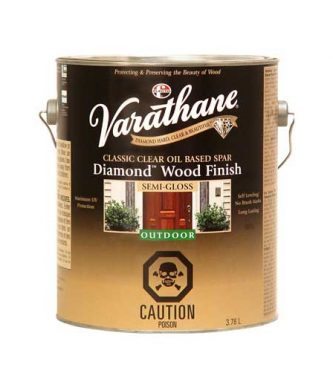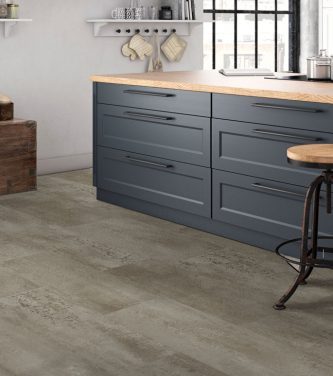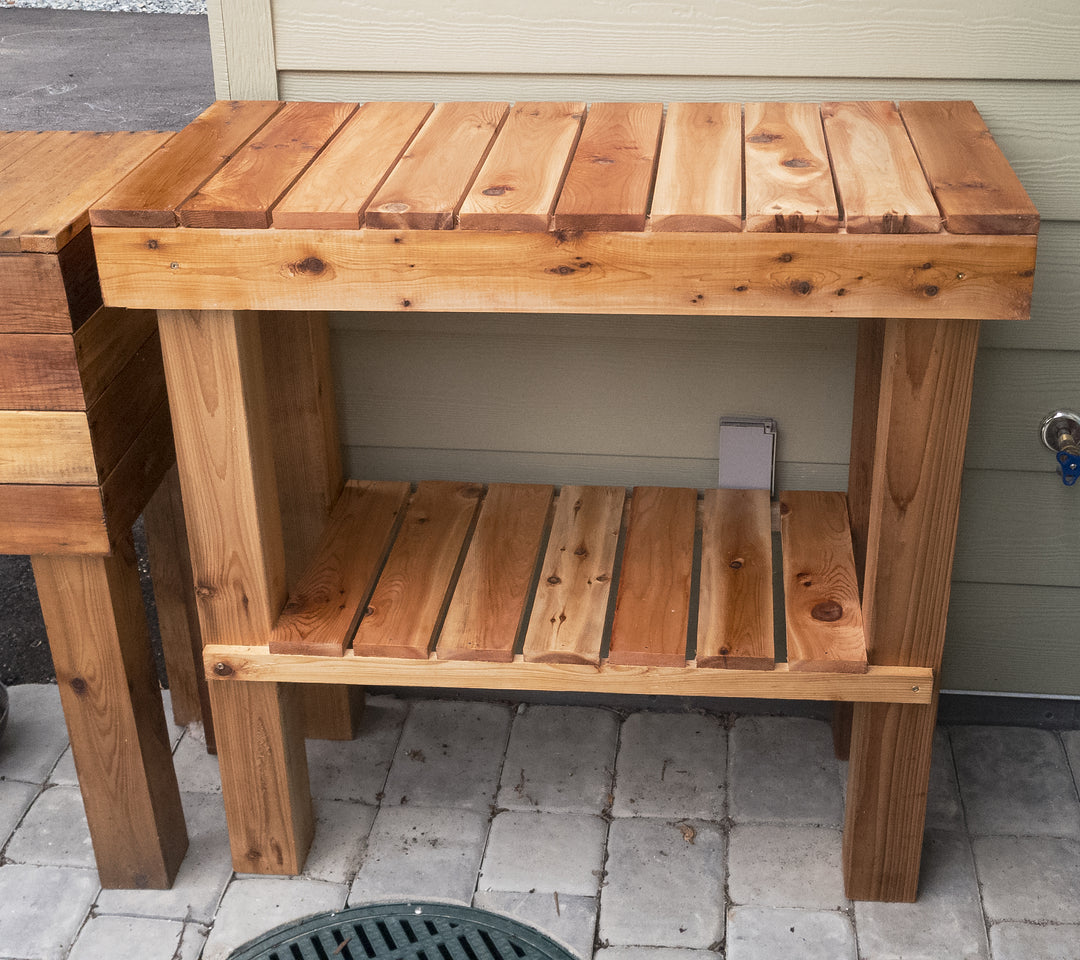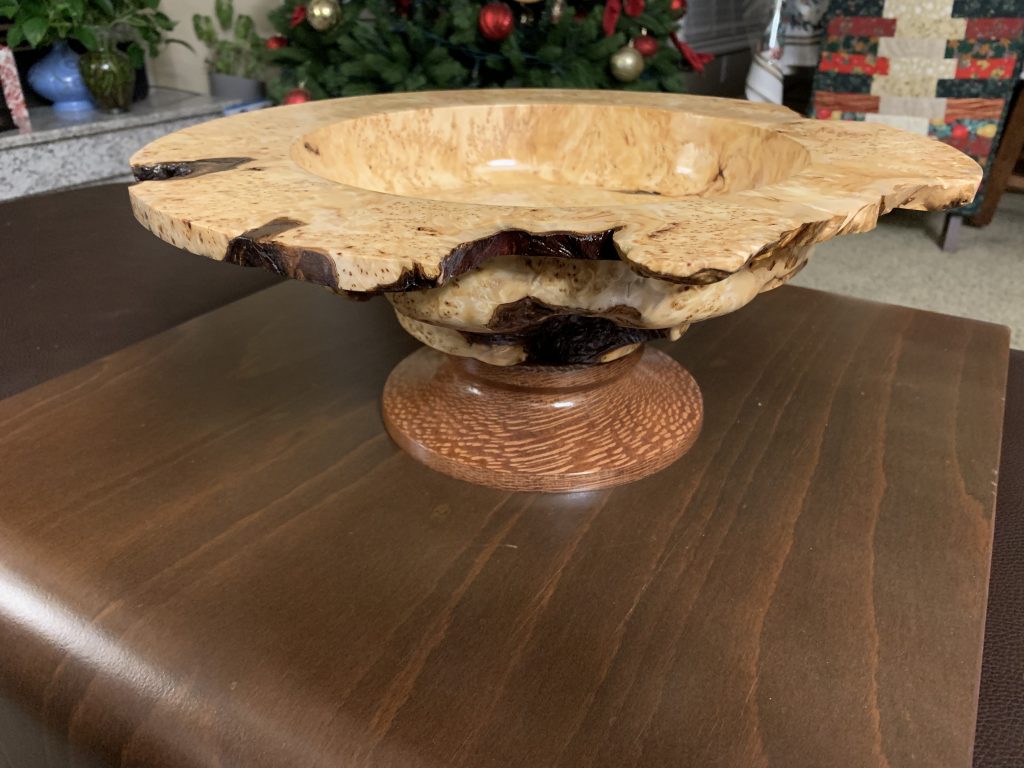FAQ About Vinyl Flooring
How is vinyl flooring made?
Vinyl flooring consists of PVC - a type of plastic - topped with a decorative paper layer and a wear layer. Some vinyl may be reinforced with fiberglass for greater stability. The wear layer is also treated with aluminum oxide or ceramic bead. A variety of texture finishes are available that are applied to the top of the vinyl, which makes it look and feel more like real wood or tile.
What does the thickness and the wear layer thickness mean?
Vinyl flooring packaging will show two thicknesses, one for the total product and one for the wear layer. Total thickness will determine how well the vinyl hides subfloor imperfections and is typically measured in millimeters. The wear layer thickness will determine your floor's durability and is measured in millimeters or in mil. A 0.5 mm (20 mil) wear layer is usually the minimum required for commercial uses.
Are there formaldehyde emissions from vinyl flooring?
Formaldehyde is a harmful chemical usually associated with laminate and engineered flooring products. It is not a concern with today's vinyl flooring. All our vinyl products are verified as formaldehyde free at time of production.
Is vinyl flooring completely waterproof?
Because vinyl is made from PVC, it is completely waterproof by itself. However, a large amount of standing water can seep through the seams between the planks or tiles, and damage your subfloor, just like with other types of flooring. For this reason, your should clean up spills as quickly as possible.
Where can I install vinyl flooring?
Vinyl flooring can be installed in almost any room, over a lightly textured or porous surface, or over a well-bonded, solid floor. We do not recommend that you install vinyl in areas where it will be exposed to long-term direct sunlight, such as in sunrooms or solariums.
Can I install vinyl flooring over concrete?
You can install vinyl flooring over concrete that has cured for at least 60 days prior to installation. Glue down products should not be installed in below-grade concrete surfaces where moisture may be present and could cause adherence issues.
Can I install vinyl flooring over ceramic tiles?
Yes, but you will need to fill grout lines with a leveling compound. Subfloors must be even within 3 mm over 1.82 m (1/8" over 6').
Can I install vinyl flooring over plywood, particle board or chipboard?
Yes, you can install vinyl over untreated veneer plywood. Do not install glue down products over particleboard, chip board (OSB) or any form of mechanically textured or embossed wood intended for wall paneling.
Can I install vinyl flooring over carpet?
No, all carpet and carpet padding as well as any smooth edge or tack strip must be completely removed prior to installation.
Do I need to use transition moulding?
If you exceed the maximum run length for your click or self-locking vinyl, you will need to use transition moulding.
Should I stagger planks during installation?
Yes, always stagger vinyl when installing the floor. Start the first row with full plank, second row with 2/3 of a plank and the third row with 1/3 of a plank. The distance between joints from one row to the next must be 20 cm (8") or greater for the remainder for the installation.
Which direction do I install vinyl flooring?
First consider which way the light enters your room, as it is best to install vinyl with the planks running parallel to the light coming in windows or doors. The starter wall should also be as long and straight as possible.
What happens if my first row of planks is not straight?
It is very important that your first row be absolutely straight as it is the foundation of your installation. If your first row is not properly aligned or joints are not sealed tightly, there may be gaps between the planks. This will allow residue or unwanted particles to get caught in the grooves and result in poor alignment. Do not continue to install your second row of planks if your first row is installed incorrectly.
What should I do if plank is damaged?
Planks can be replaced or repaired by a flooring professional.
For complete installation instructions please see product specific guides printed on and enclosed in every box of Winchester vinyl flooring.
